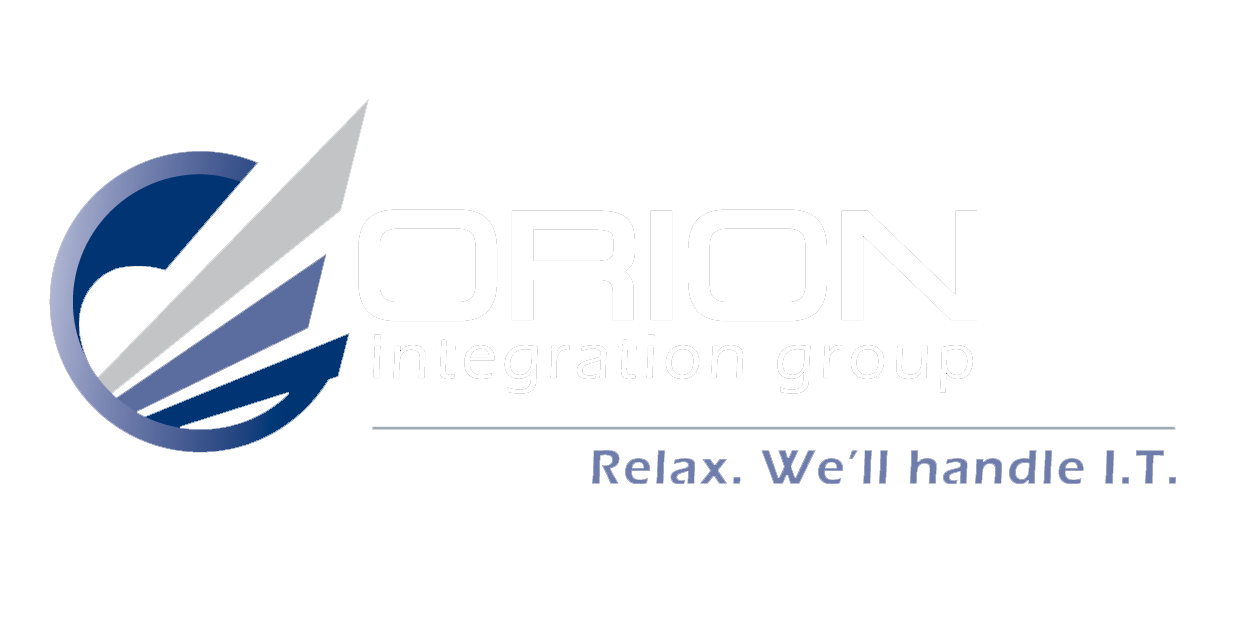Step-by-Step Guide to Effective Cloud Migration for Businesses
Businesses worldwide are increasingly turning to cloud migration to streamline their operations and stay competitive in today's digital landscape. With the right guidance and approach, transitioning to the cloud can offer numerous benefits, including improved flexibility, scalability, and cost-effectiveness. This step-by-step guide provides businesses with valuable insights and strategies to ensure a smooth and effective migration process. By following these steps, organizations can harness the power of cloud technology to drive growth and innovation.
Understanding the Need for Cloud Migration
In today's digital landscape, the growth of cloud computing is undeniable. Its adoption is driven by the flexibility, scalability, and cost-efficiency it offers. Small to medium-sized businesses, in particular, benefit from cloud migration by enhancing their operational efficiency and reducing IT expenses. In regions like Southwest Idaho and its surroundings, the trend toward cloud adoption is significantly shaping the local business landscape. Businesses in this area are increasingly leveraging cloud solutions to stay competitive and meet the evolving demands of their customers.
Cloud migration enables businesses to access a wide range of applications and services over the Internet, eliminating the need for physical hardware and extensive IT management. This transition not only streamlines operations but also fosters a more collaborative and agile work environment. Especially for businesses within the service area of Boise, Idaho, and its neighbors, moving to the cloud means being able to scale operations quickly to meet market demands without the constraints of traditional IT infrastructure.
Assessing Your Current IT Infrastructure
Before embarking on a cloud migration journey, it's critical to assess your current IT infrastructure comprehensively. This assessment lays the groundwork for a successful transition, identifying which aspects of your operations can be moved to the cloud and which might require upgrades or changes. The key factors to consider during this assessment are scalability, security, and cost efficiency. Scalability ensures your IT environment can grow with your business, security protects your data and applications, and cost efficiency helps in optimizing expenses.
The process involves evaluating your existing hardware, software, network capabilities, and data storage needs. Understanding these elements helps in determining the readiness for cloud migration and in selecting the cloud service model that best fits your business requirements. Moreover, a detailed technology assessment helps pinpoint opportunities for improvement, paving the way for a seamless transition to the cloud.
For businesses in Southwest Idaho and neighboring regions, such assessments are crucial in identifying how cloud migration can enhance operational effectiveness. Local businesses stand to gain significantly from cloud technology, with improved flexibility, better disaster recovery options, and access to advanced technologies without the need for considerable upfront capital investment. By carefully assessing current IT infrastructures and recognizing the need for cloud migration, these businesses can embark on a path to not only modernize their operations but also secure a competitive edge in their respective markets.
Choosing the Right Cloud Service Model
The cloud computing ecosystem is diverse, offering Infrastructure-as-a-Service (IaaS), Platform-as-a-Service (PaaS), and Software-as-a-Service (SaaS) models. Understanding these models is crucial for businesses looking to migrate to the cloud, especially for those in regions like Boise, Idaho, and its environs. IaaS provides virtualized computing resources over the Internet, PaaS offers an on-demand environment for developing, testing, delivering, and managing software applications, while SaaS delivers software applications over the Internet on a subscription basis.
Choosing the right cloud service model depends on your business's specific needs and goals. IaaS is ideal for companies looking for computing infrastructure without the heavy investment in physical hardware. It offers flexibility and scalability, making it suitable for startups and growing businesses. PaaS is perfect for developers and businesses focused on software development and deployment without the hassle of managing servers, storage, and networking. SaaS, being the most accessible model, suits businesses desiring to use software applications without the complexity of installation, maintenance, or hosting.
For regional businesses in places like Boise and across Southwest Idaho, each model presents unique benefits. IaaS can help businesses scale resources up or down based on demand, PaaS can significantly reduce development time, and SaaS can streamline operations with readily available applications for productivity, collaboration, and more.
Planning Your Cloud Migration Strategy
Developing a comprehensive cloud migration plan is fundamental to ensuring a smooth transition that minimizes operational disruptions. A well-thought-out strategy encompasses phased or "big bang" migration approaches. A phased approach migrates business elements progressively, mitigating risks and allowing adjustments along the way. Conversely, a big bang approach migrates all elements at once, which, while quicker, carries higher risks and potential disruptions.
Security is paramount during cloud migration. It entails safeguarding data, applications, and infrastructures from threats and ensuring compliance with data protection regulations. Migrating to the cloud requires adopting a security model that aligns with your cloud provider's practices, alongside your internal security policies.
Preparation for change management and staff readiness is also vital. Cloud migration represents a significant shift in how technology is managed and used. Ensuring staff understands the benefits, workflow changes, and how they fit into the new cloud environment is crucial for a successful transition. It leads to smoother operations and leverages the full potential of cloud computing.
For businesses in regions like Southwest Idaho, implementing a strategic migration plan while considering the right cloud service model, security, and staff preparedness will pave the way for a successful cloud transition. This alignment with strategic goals and operational readiness ensures businesses can thrive in the cloud-first digital era.
Executing the Cloud Migration
The actual execution of cloud migration is a critical step that brings to life the planning, preparation, and decision-making efforts. It involves moving data, applications, and IT processes from the existing on-premise infrastructure to the cloud. This process requires meticulous planning to ensure data integrity, minimal downtime, and that business operations are not adversely affected. Utilizing tools and services provided by cloud vendors can streamline the migration process, ensuring a secure and efficient transition.
One of the key challenges during migration is maintaining business continuity. Solutions like live migration, where data is transferred in real-time, or scheduling migrations during off-peak hours, can mitigate disruptions. After migration, it's essential to perform extensive testing to ensure that everything operates as expected in the new cloud environment.
Measuring the success post-migration involves analyzing performance indicators such as improved scalability, cost savings, enhanced performance, and reduced IT complexities. These metrics will help validate the decision to migrate and guide further optimization.
Maintaining and Optimizing Your Cloud Environment
Post-migration, businesses must shift their focus toward maintaining and optimizing their new cloud environment. This involves regular monitoring for performance, security vulnerabilities, and compliance with data protection laws. Cloud environments offer dynamic scaling, but this also means that costs can fluctuate. Implementing cost-management practices is crucial to avoid overspending while optimizing cloud resources for efficiency and performance.
Moreover, security in the cloud is a shared responsibility. Companies need to actively manage their data and application security, working alongside their cloud service provider to ensure a secure environment. Utilizing cloud management and security tools will help businesses proactively identify and mitigate risks.
Continuous improvement is a key aspect of maximizing the benefits of cloud computing. This involves staying updated with the latest cloud technologies and services, evaluating new ways to optimize operations, and refining the cloud strategy as business needs evolve. Engaging in partnerships with cloud service providers for insights and support can further enhance the cloud journey.
Exploring Case Studies and Future Trends
Reviewing successful cloud migration case studies, especially those from regional businesses in areas similar to Boise, Idaho, can provide valuable insights. These stories usually highlight the strategies that led to improved efficiency, agility, and cost savings, offering a blueprint for others to follow.
Looking ahead, the cloud computing landscape continues to evolve rapidly, with emerging technologies like AI and machine learning, serverless computing, and more coming to the forefront. Businesses need to stay informed about these innovations to leverage cloud computing fully. This will not only enhance their competitive edge but also prepare them for the digital changes of the future.
Executing a cloud migration successfully requires careful planning, robust execution, and ongoing optimization. By focusing on these areas, businesses can ensure they fully realize the benefits of cloud computing, setting the stage for continuous growth and innovation in an ever-changing digital world.
Ready to elevate your business to the cloud? Contact Orion Integration Group today, they specialize in making your transition seamless and secure.




